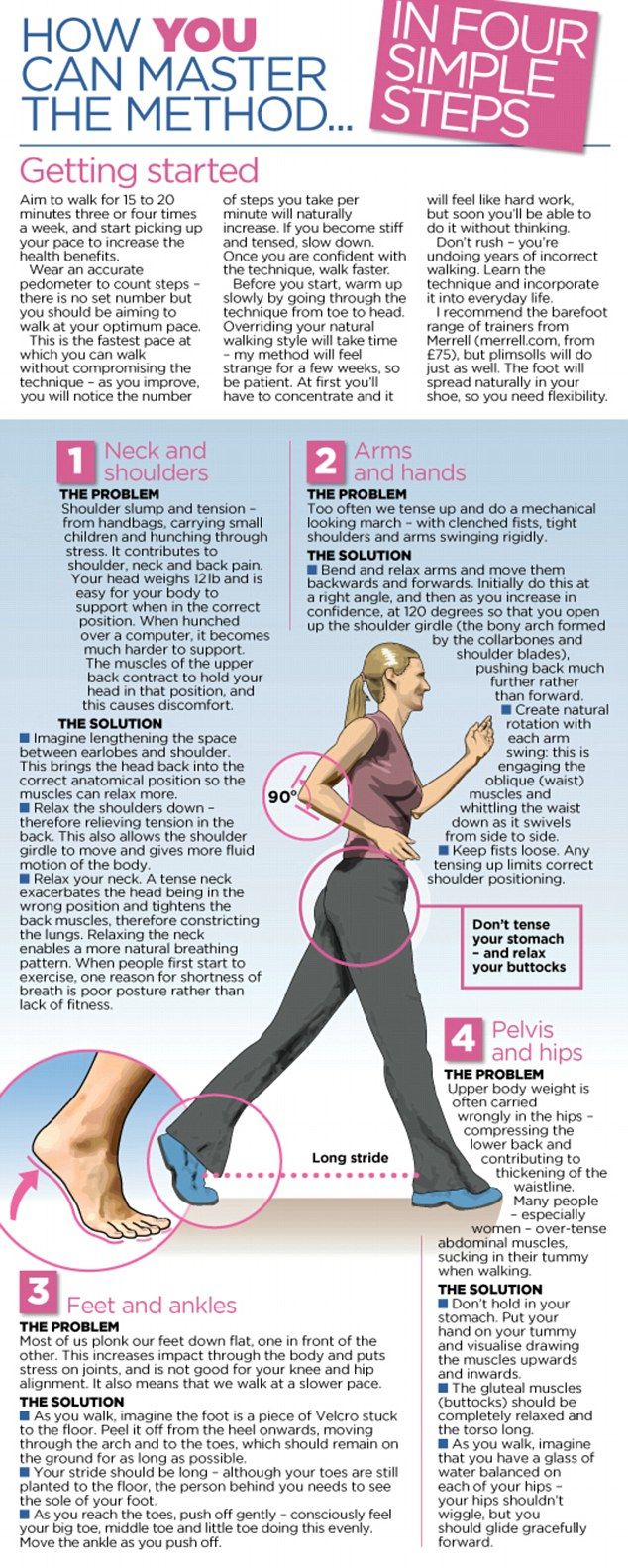Can Walking Cause Shin Splints: Prevention Strategies Unleashed
Yes, walking can cause shin splints if not done properly. Shin splints are often caused by overuse or repetitive stress on the shinbone and the connective tissues that attach your muscles to the bone.
To prevent shin splints, it’s important to have proper footwear, gradually increase the intensity and duration of your walks, and ensure you are walking on even and soft surfaces. By taking these precautions and listening to your body, you can minimize the risk of developing shin splints from walking.
If you suspect you have shin splints, it’s important to rest, ice the affected area, and consult a healthcare professional for proper diagnosis and treatment.

Credit: us.macmillan.com

Credit: www.amazon.com
Frequently Asked Questions On Can Walking Cause Shin Splints
Should I Keep Walking With Shin Splints?
No, it is not advisable to keep walking with shin splints. Continuing to walk can worsen the condition and lead to more pain and discomfort. It is important to rest, apply ice, and seek proper treatment to allow the shin splints to heal properly.
Why Do My Shins Hurt After Walking A Lot?
Shin pain while walking may be due to overuse or stress on the shin bones and muscles. This is often caused by activities like walking long distances or wearing improper footwear. Proper stretching and rest can help alleviate the discomfort.
If pain persists, consult a doctor for further evaluation.
What Are 3 Signs Symptoms Of Shin Splints?
Common signs of shin splints include pain along the shins, tenderness to touch, and swelling in the lower leg.
Can You Get Shin Splints From Walking Too Fast?
Yes, walking too fast can lead to shin splints due to the increased stress on your shin bones and muscles. It is important to maintain a comfortable pace and gradually increase speed to avoid this painful condition.
Conclusion
In sum, it’s important to pay attention to your body and gradually increase walking intensity. Combining proper footwear and stretching can prevent shin splints. If shin pain persists, seeking medical advice would be crucial for an accurate diagnosis and treatment plan.
Remember, taking care of your body is essential for a healthy walking routine.






